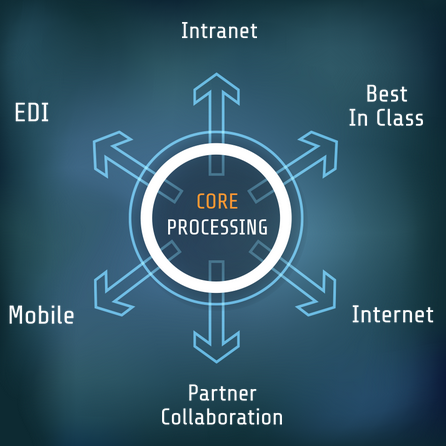Before jumping into implementing a custom VMI program that will undoubtedly result in improvements to your current supply chain management, there’s another important opportunity to improve efficiencies that’s often overlooked. That’s to conduct an engineering and design review of the products that drive the depth, breadth, and complexity of a company’s parts requirements. This is a rigorous examination of the key design elements of products, looking for practical ways to reduce parts inventory SKUs and potentially simplify the manufacture and assembly of these same products.
Working closely with our customers’ engineers, we search for parts redundancies that can be eliminated with simple design or drawings modifications. Manufacturers with exhaustive product offerings who haven’t gone through a disciplined parts consolidation process will almost always have a surprising number of redundancies uncovered, for no other reason than that in most new product design and engineering efforts, designers are not limited to current parts inventory.






